Even though taste is an individual experience, there will always be good wines and bad wines. For us, a good wine is a quality product with a balanced taste. To achieve this character we believe that it is important to let nature sing, and as a result of this melody, these attributes are inherited in the wine from its terroir.
We choose partners who share our vision. To ensure that the approach is sincere, we visit our winemakers to take part in their activities and experience the fruits of their production.
Our producers fashion organic wines, wines from organic farming, biodynamic wines, and natural wines. We are open to diversity and prioritizing process enhancement so that you understand the wines you taste.
FERMENTATIONS AND YEASTS
FERMENTATIONS AND YEASTS
Alcoholic fermentation is a biological process which converts sugar into alcohol under the action of yeasts. Yeast is a microscopic fungus that lives in soil. It can be transported to other plants and fruits by wind or various pollinating insects. When soils are healthy and alive, natural yeasts can be quite dominant in quantity- enough to start and complete alcoholic fermentation naturally. The accumulation of these microorganisms depends on their breeding ground; the soils. Therefore, natural agriculture (organic, biodynamic, permaculture, and other agriculture based on the natural health of soils) is necessary for a positive multiplication of these microorganisms. This plays a central role in the separation of wines in terms of aroma character.
When the context is not favorable or the volumes to be fermented are too large, dry yeasts can be used to guarantee a stable alcoholic fermentation. The dry yeast market has developed significantly over the years. Yeast is one of the first organisms that have been genetically modified. Yeasts can be selected from a strong strain, and in most cases, modified to favor certain practical, chemical, or aromatic characteristics.
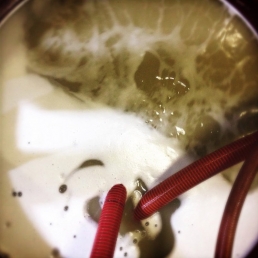
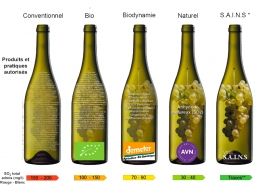
CONTEMPORARY WINE
During the 1960s global agriculture experienced unprecedented expansion. The intensive production of vineyards was so popular that wine became an industry whose profitability is based on volume and homogeneity. In order to ensure low production costs, synthetic products and standardized agricultural practices became the norm.
Now, two categories of wines stand out- conventional wines and clean wines. The first, which is the most common, includes wines from conventional agriculture. The second category represents wines made as naturally as possible with grapes that are part of a living and respectfully maintained ecosystem. Insects also play a role in the symbiotic relationship between vegetation and the soils.
CONTEMPORARY WINE

During the 1960s global agriculture experienced unprecedented expansion. The intensive production of vineyards was so popular that wine became an industry whose profitability is based on volume and homogeneity. In order to ensure low production costs, synthetic products and standardized agricultural practices became the norm.
Now, two categories of wines stand out- conventional wines and clean wines. The first, which is the most common, includes wines from conventional agriculture. The second category represents wines made as naturally as possible with grapes that are part of a living and respectfully maintained ecosystem. Insects also play a role in the symbiotic relationship between vegetation and the soils.
CONVENTIONAL WINE
CONVENTIONAL WINE
These wines come from automated or partially automated vineyards. The cultivation of the vine is controlled by the use of chemical fertilizers or phytosanitary products (pesticides, insecticides, fungicides, etc.). The wines resulting from this agriculture are often corrected during the vinification. In fact, synthetic oenological inputs (among others: acidifiers, tanifiers and sugar) are used. These serve to regulate elements of the taste that we wish to modify artificially. Here are two distinctions:
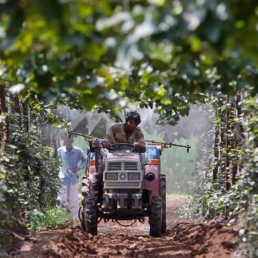
SYNTHETIC WINE
SYNTHETIC WINE
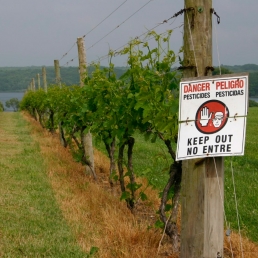
These wines are often produced in mass quantities. The production houses use oenologists and products developed in a laboratory. These inputs are designed by companies specializing in agricultural biotechnology. We are talking about large companies with research labs- an organized sales forces and lobbyists.
WINE FROM REASONED AGRICULTURE
WINE FROM REASONED AGRICULTURE
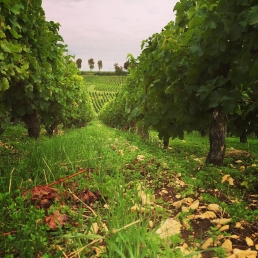
The wines are elaborated according to the practices of conventional agriculture. It is proposed here to reduce the use of synthetic products. The reasoning for this notion is not certified and will never be certified unless it is put into perspective. Some producers use this term solely for consumerism without foregoing the use of potentially harmful products. Others have a sincere approach and make real efforts to limit the use of processed products. To fully understand this category of agriculture, you must learn and understand how the winemaker works.
CLEAN WINE
CLEAN WINE
This currently includes a multitude of practices that the winemaker chooses to respect while always being mindful of delivering a product that represents its origin of place. All these winemakers have something in common: they respect the environment in which their vines feed themselves- they want to make terroir speak through their wines. Whether you call yourself a producer of authentic wine, organic, biodynamic, alive or natural, the use of chemicals in the vineyards or in the cellars is considered harmful for the environment and the health of all.
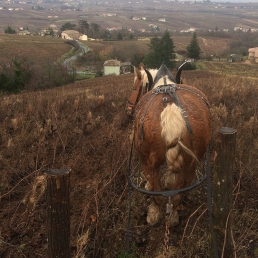
WINE FROM ORGANIC AGRICULTURE
WINE FROM ORGANIC AGRICULTURE
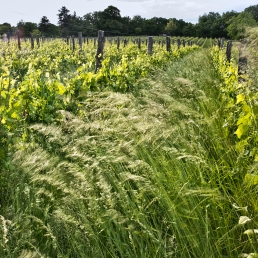
This method of agriculture exploits the soil in a natural way. The winemaker who produces a wine from organic farming works to strengthen the defenses of the vine to limit treatments. Sulfur and copper treatments are most often used against persistent vine diseases such as downy mildew and powdery mildew. This type of agriculture is the first step towards the restoration of soil health.
ORGANIC WINE
ORGANIC WINE
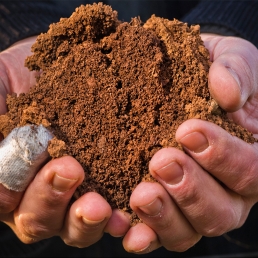
Organic wine complies with the European regulation which limits the use of certain inputs during the vinification of grapes from organic farming.
BIODYNAMIC WINE
BIODYNAMIC WINE
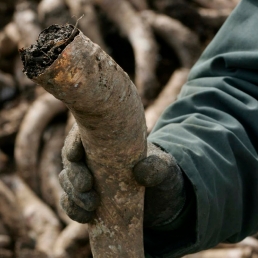
Wine from an agriculture that aims to rehabilitate, boost, and intensify organic life in the environment where the vine grows. This approach consists of intensifying exchanges between the plant and its environment (land and air), so as to obtain better grapes and therefore better wines. The biodynamics seeks to reinforce the vitality and the resistance of the plants. On the one hand, we improve the natural exchanges between the soil and the roots in order to optimize the expression of the soil in the grapes. On the other hand, we take into account the relationship between the sky and the leaves to understand the vegetative cycles. All human intervention is practiced on the vines according to a lunar calendar exposing the vegetative cycles.
WINE FROM PERMACULTURE
WINE FROM PERMACULTURE
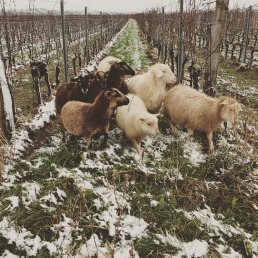
This approach pushes the boundaries of organic farming, reaching beyond certifications. It is an agricultural mode of action that involves a systemic and sustainable approach to the ecosystem. The diversification of crops on the same piece of land is one of the key principles of this approach. The greater the biodiversity, the more the ecosystem becomes able to self-regulate and therefore replacing the actions posed by humans. In viticulture, a winemaker must completely rethink the configuration of the vineyard and its operation. By leaving room for other species of plants and trees, or hives for example, the spreading of the vineyard becomes inevitable. Also, animal contribution is important for the production of natural fertilizers, weeding, and eating certain harmful insects, etc.
The vinification practiced by those who practice permaculture are usually conducted as naturally as possible.
NATURAL WINE
NATURAL WINE
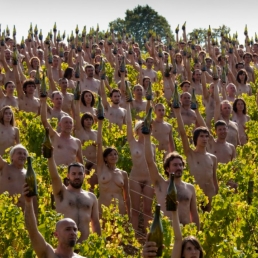
We are talking about winemaking without inputs, except for a tiny dose of sulfur. We seek to produce with the least possible human intervention, we avoid mechanical processes such as flash pasteurization, high-pressure pumping, reverse osmosis and violent filtration. The fermentations are started with native yeasts, which is why it is necessary to use grapes grown in organic farming, biodynamic or equivalent. Manual harvesting allows you to harvest healthy grapes-an essential aspect in a context where it is impossible to correct the wines.
To date there is no universal certification or consensus on the definition of natural wine. Beyond everything it is the commitment of winemakers to seek the original taste of wine. The AVN is an example of an association that proposes a specification for natural winemaking.
OTHER TERMS TO DEFINE
OTHER TERMS TO DEFINE
BRUT NATURE
BRUT NATURE
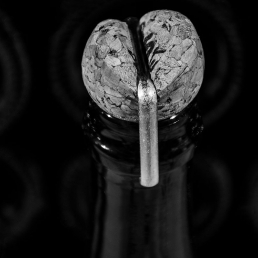
Do not confuse with a natural wine. This is a characteristic attributed to a sparkling wine that has not been measured. The dosage is a step in the process of preparing sparkling wines that are softened by adding a sweet solution called shipping liquor. Beyond the tastes and trends, the need to sweeten sparkling wines comes from the fact that they are obtained from grapes harvested at lower maturity. With the climatic changes and the qualitative increase of the techniques of agriculture, one can affirm that the necessity of the dosage decreases.
FROM GRAIN TO BOTTLE
FROM GRAIN TO BOTTLE
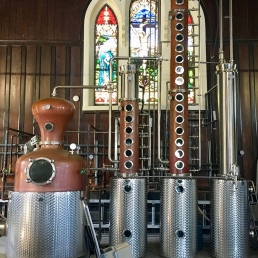
Expression used to qualify spirits made from grain, not from a neutral alcohol bought as raw material from an industrial distillery. According to this standard, the artisanal distillery must process the grain itself to obtain the alcohol that will be used to produce the product that will be bottled. This mainly involves baking, fermentation and distillation.
MICROBREW
MICROBREW
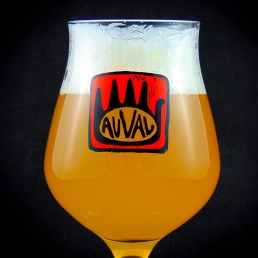
Although there is no formal definition of this term, it is used to describe a new generation of small breweries specializing in barrel ale production which is unfiltered and unpasteurized. We know a very interesting microbrewery experimenting with artisanal lager production.
